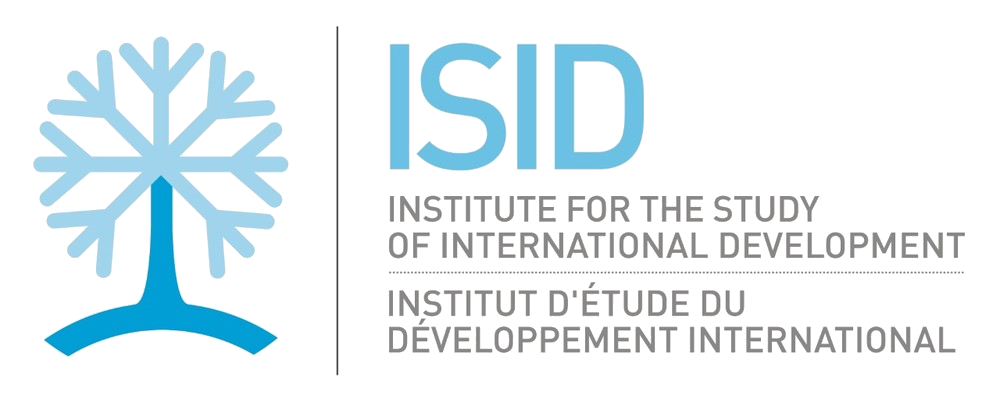Media and Partisan Polarization in the Americas
Manuel Balán

Project Description
Differences of opinion and conflict are, and always have been, at the core of politics. Yet, we currently live in an era of increased polarization, where the distance that separates contending groups seems to have grown significantly, resulting in the reduced capacity to find common ground and to resolve—or at least contain—conflict. Existing research, focusing on the US, explores the connection between media coverage and mass polarization. This project advances our understanding of this connection exploring in depth four cases throughout the Americas that have had electoral periods in the last few years: Argentina, Canada, Peru, and the US.
First, it allows us to assess media partisanship in a comparative setting. The proposed methodology uses images of politicians running for office published by different media outlets, and analyzes this content using a mixed method approach that combines focus groups and surveys. Second, this project uses these new measures of partisanship in the media and combines them with existing measures of mass polarization that rely on opinion polls and electoral results to systematically assess the impact of media coverage on growing levels of polarization in a comparative perspective. The potential impact is analyzed through a subtle media effects theoretical framework, which incorporates the idea that the media do not unequivocally and explicitly sway public opinion, but rather that the impact of media coverage is far more nuanced. Finally, this project extends the theoretical insights of existing research on partisanship, polarization, and media effects that focuses solely on the US. In doing so, it breaks new ground in the analysis of the causes of mass polarization in the Americas, and it also re-evaluates the case of the US in a comparative lens, a perspective that is glaringly missing in existing research.
Funding: SSHRC, Insight Development Grant

